“No lions?”
“No lions. It’s fast-flowing water, so there shouldn’t be any leeches. We do have slender-snouted crocodiles, but they’re quite shy.”
“Hippos?”
“One we see every now and again.”
Swamp-walking hadn’t been on the year’s bingo card, but I’d found myself wading through clusters of floating dung and algae in the largest tropical rainforest on the African continent. Rubber slip-ons heavy with silt, sulfurous foam collecting in my shirt pockets, I felt strangely calm. As a day, this was turning out to be exceptional.
It had been the invitation of a lifetime: to add my name to the list of a few hundred outsiders who have stamped a boot in the Congo Basin, one of the wildest and most remote places on Earth. There would be western lowland gorilla trekking, jarring jeep rides and kayak commutes between three lodges, built by low-impact tourism company Kamba.
This was an itinerary to filter out the dilettantes, the antithesis of an apocryphal luxury safari. A ninety-minute flight from the Republic of the Congo’s capital Brazzaville would drop me into Odzala-Kokoua National Park, unfathomably far away from humanity. There would be pre-dawn starts. Sweat bees, attracted to eyeballs and armpits. Spotted hyenas. Venomous snakes. You had to really want to do this, and I knew instantly that I did.
“We pray to Mama Odzala for a sighting,” said German field guide Leon, one of the highly skilled men who’d help me find elusive forest elephants. “One and a half years here, and only one day we didn’t see anything.”
We’d tiptoed into the mineral-rich “baï,” directly outside Kamba’s raffia-tiled Lango Lodge. “They’ve been here overnight,” said Leon. That I knew. The sound of distant trumpeting had woken me at 4 a.m. on the dot, giving me goosebumps.
These bodies of water are a hub of activity in natural forest clearings, ideal for rare animal sightings. Where safari-goers are confined to a 4×4, with Kamba they become part of the picture, stepping into the living landscape that unfolds beyond the breakfast table. While moving tricky branches or splashing ahead to shoo hulking great buffalo (“responsible for around 200 human deaths per year,” a stat flickered across my mind), the guides shared their collective wisdom. Thousands of hours just walking and listening mark them out as pioneers, deeply serious about their role in preserving this wild place. Everyday preoccupations faded as guides Pedro and Dylan joined Leon to instruct me where to duck and dive. I kept any jokes to myself, wondering whether Mama Odzala’s answer to Kneipp therapy had done anything for my cellulite.
Coming to a network of tiny islets, we paddled out on to a flat expanse, squelching in search of the critically endangered forest elephants integral to this tropical scene. Carbon-capturing trees grow in the wake of an elephant’s travels dispersing seeds. We walked the “boulevards” they’ve carved across millennia, navigating grand trunks they’d likely planted.
Spotting two elephants 100 yards away, Dylan motioned for me to perch behind a fallen tree trunk, where we observed the creatures in silence.
“To be this close to a species so traumatized by what humans have done to them is incredible. There is nowhere else in the world you can do this. It’s really special,” he shared.
A change of wind, and the bull picked up our scent. Dylan heeded the creature’s nervousness; a little ear-flapping and foot-stomping nothing to worry about, but an indication to leave. We backed away, slowly, as a unit. The only private operator in the ninety-year-old park, Kamba ensures maximum respect for every animal encountered on their programs; the idea of eco-tourism being a buzzword here, laughable. The animals are the pacemakers.
“We thought to show you the herb garden, but the elephants raided it last week. No more herb garden.”
To lose these magnificent creatures would be tragic, and not only for their beauty. Their role in mitigating climate change is vital. Kamba actively collaborates with indigenous farmers, lobbying against poaching and logging practices to maintain the forest’s rich biodiversity.
More inspiring work takes place at Ngaga Lodge, a dirt road drive from Lango. Here, I met Magdalena Bermejo, the Congo’s answer to innovative gorilla conservationist Dian Fossey, who famously set up the Karisoke Research Center in Rwanda’s Virunga mountains in 1967. I’d flown to Kinshasa from Rwanda, via two stunning mountain gorilla treks in Uganda. I mused that Dian would have marveled at Magdalena’s work. She lives on-site at Ngaga, monitoring western lowland gorillas not with a notebook, but mind-bogglingly sophisticated AI tools.
A day spent at the Ellen DeGeneres Campus of the Dian Fossey Gorilla Fund had piqued my interest in these essential studies. I quizzed Magdalena on the process of readying gorillas to tolerate short visits from humans. Around sixty-five families are believed to roam near Kamba, where visitors can trek to find one of three habituated groups. Worlds apart from my tracking experiences in Uganda, excursions at Kamba are raw, and untamed. In Bwindi Impenetrable Forest National Park, 168 visitors are divided into groups of eight across several gorilla families each day. That’s half the number of tourists visiting the Congo Basin across a whole year — where tracking groups are strictly capped at four.
Rising before dawn, I forced some coffee down before stepping directly out into the Congolese rainforest. Following knuckle prints, broken branches, and even the gorillas’ scent, our local guide’s machete immediately thwacked through thick undergrowth. A guardian of the forest, to find them he relies on his strong ancestral connection to this land. No radioing through to colleagues who’d spotted a clue, no well-worn trail to join — this was tracking in real time, and could last as long as seven hours.
“See these single-leaf Myrtaceae trees? They make great gorilla beds,” Pedro added. Fat green leaves twirled their way down the trunk, and spread across the floor.
“Smell this. Gorillas love white ginger.” After an hour scrambling through unwieldy vegetation, the guide stopped dead. Speaking French, he turned to explain that elephants had walked here overnight, causing the gorillas to flee. Before we could digest what this meant for the trek, he disappeared in the direction we’d just come from. After a minute or two, he returned with a wide smile.
“Fresh dung,” Pedro translated. “They are very close.”
A loud crunch, some vines swaying overheard. A long, rude fart. Aha.
Sliding down what looked like a twisted length of rope came the creature we’d been searching for, himself seeking fat junglesop fruit. Minutes later, his family, parading single file along a felled tree trunk like a scene from The Jungle Book. Stumbling across them in this gnarly, undiscovered forest feels primal. Everyone’s excited, but no one more so than the guides — sharing these moments with them is life-affirming.
Joining the group for evening meals, guides recount their best stories over tomato soup and shrimp salad. One evening, guide Glance shared his learnings from the school scheme managed by Pedro.
“Every day, I’m discovering new things. Always reading, always. You don’t stop reading. We operate in just 3 percent of the park, and every part of the Congo is unique. “Showing the people we have this kind of forest is a privilege.”
Making the drive between lodges, guides will pull over to identify a white-crested hornbill, or point out the “air conditioning” holes in a twelve-foot termite hill. Idly pick up an African breadfruit the size of a bowling ball, and they’ll serve it at tea time. Spot a strangler fig tree, and you’ll go home knowing exactly how they crush the life out of their hosts.
Kamba believes that education and sustainable tourism are key to saving this valuable habitat, in a country where pangolin trading is a problem, and poachers still glue African Gray parrots to the floor. If any gorillas show up in zoos, DNA work by the likes of Magdalena can trace which family they were taken from.
“Tourism in the Congo is something very new,” Leon reminded us.
The most exhilarating moment of the trip came not when the gorillas made an entrance, but on a final boat ride near Lango Lodge, at dusk. Pedro pointed out distinct hippo prints on the river bank.
“He’s been here, and we are happy not to run into him. Hippos are known to kill the most humans.”
Starting the boat engine to get us home, Leon sparked the grand finale. An enormous hippo head burst from the surface, mouth agape. A magnificent, thrilling sighting; but if it was once in a lifetime, I’d hardly mind. Expertly delivered back to camp, we settled on the deck for a Congolese meal under the stars.
“Do you have the night vision goggles? I heard a splash. I think there’s an elephant in the baï,” said Leon. Watching one, two, three, nine elephants gather for a nightcap as I ate a chocolate mousse was surreal.
Falling asleep to the sound of elephants bathing, cicada buzz now taking up 80 percent of the air, I thought about something Glance had said. “Be an ambassador. Anyone who comes to Odzala is supporting a new generation.”
We said goodbye with great respect for the guides living their extraordinary lives in this unruly climate, doing their part to support this precious ecosystem. I resolved to join them, once I was home and dry.
Natural World Safaris offers an all-inclusive nine-day Odzala Discovery itinerary with Kamba African Rainforest Experiences from $16,200 per person sharing and includes international flights in economy class from the USA. For more information, visit naturalworldsafaris.com. This article was originally published in The Spectator’s March 2025 World edition.



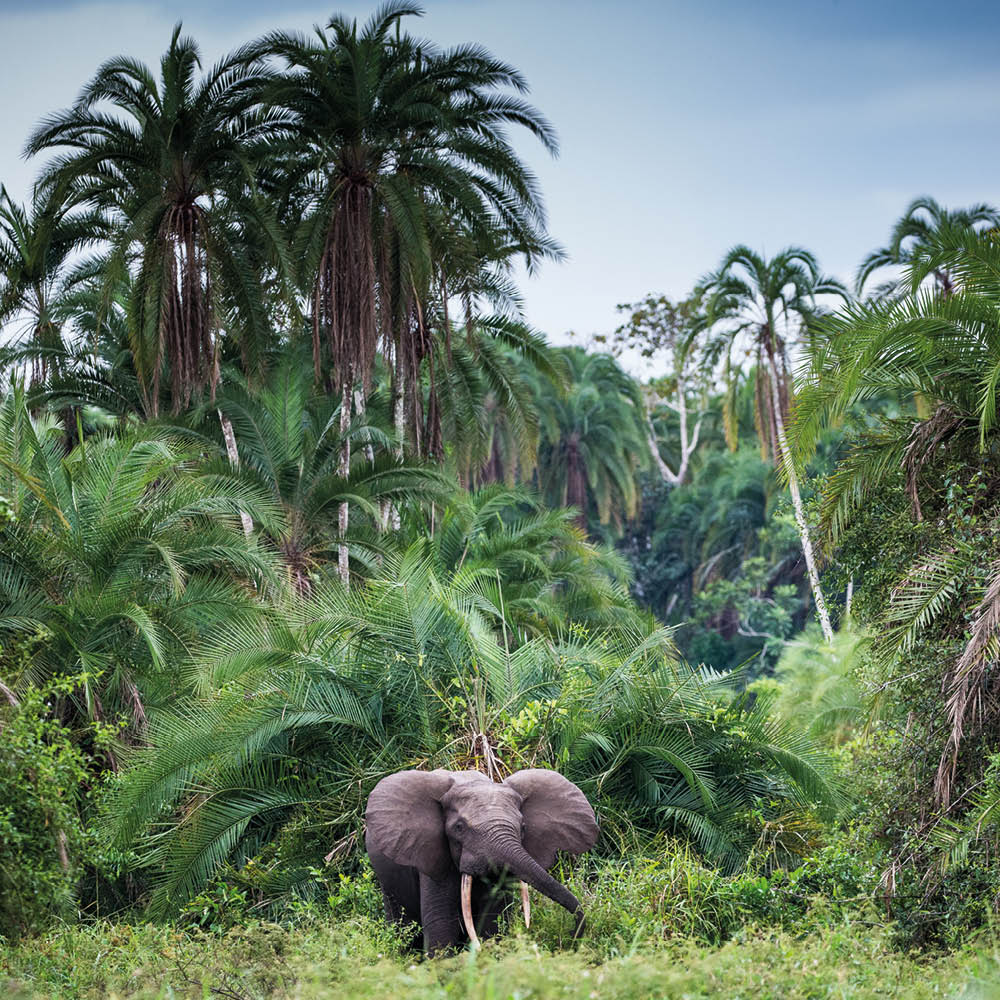






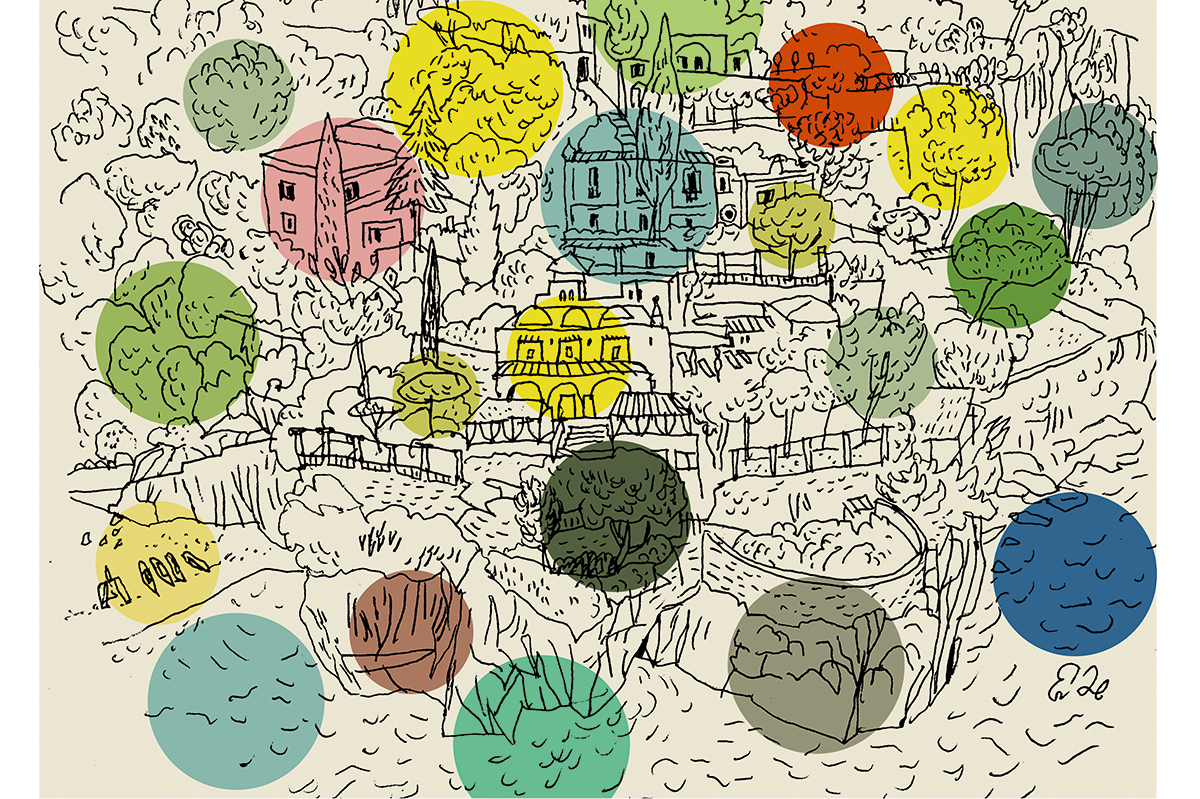
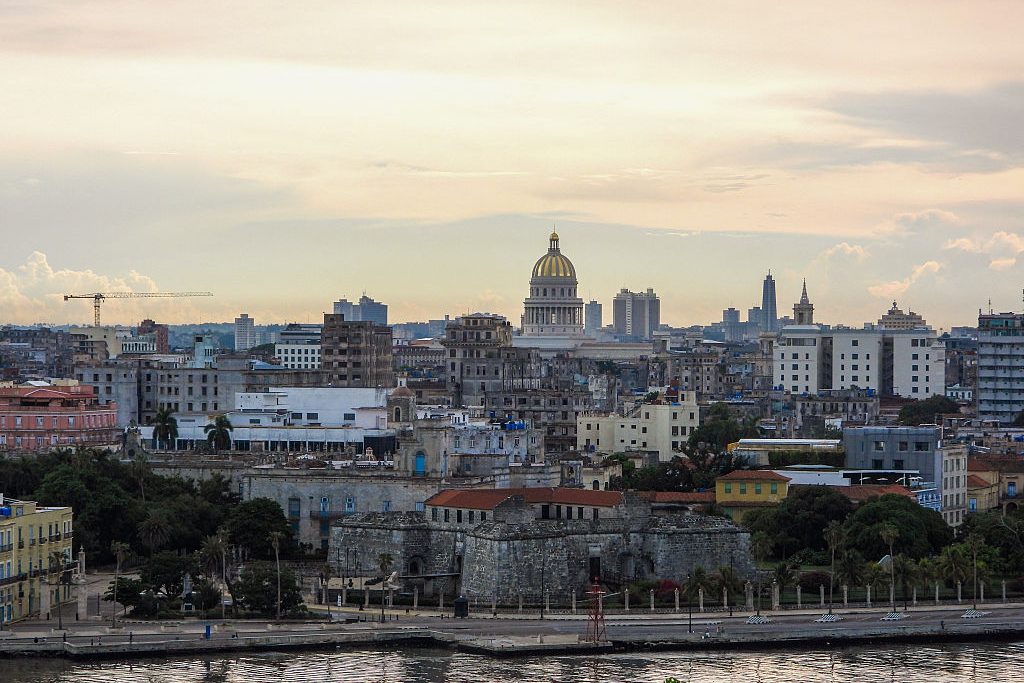

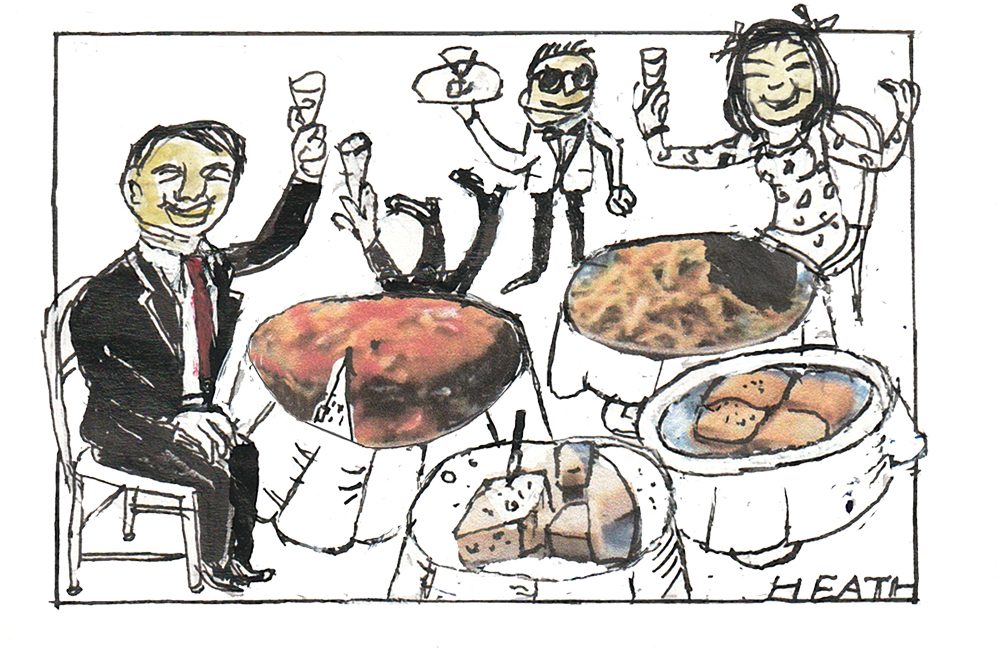
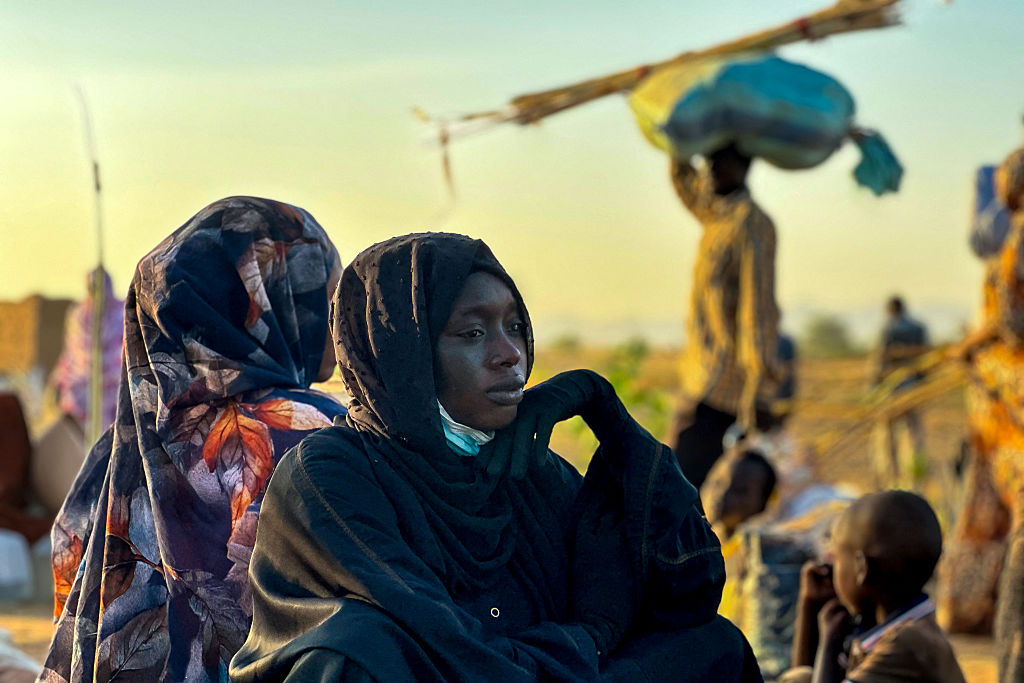
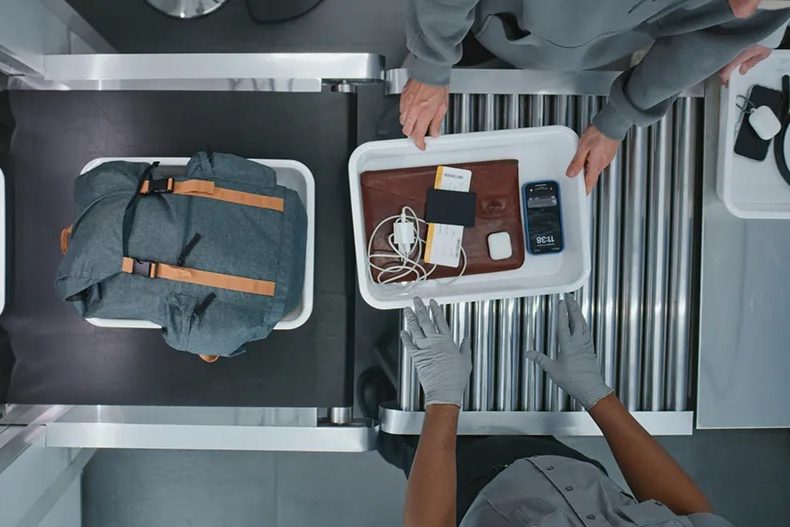

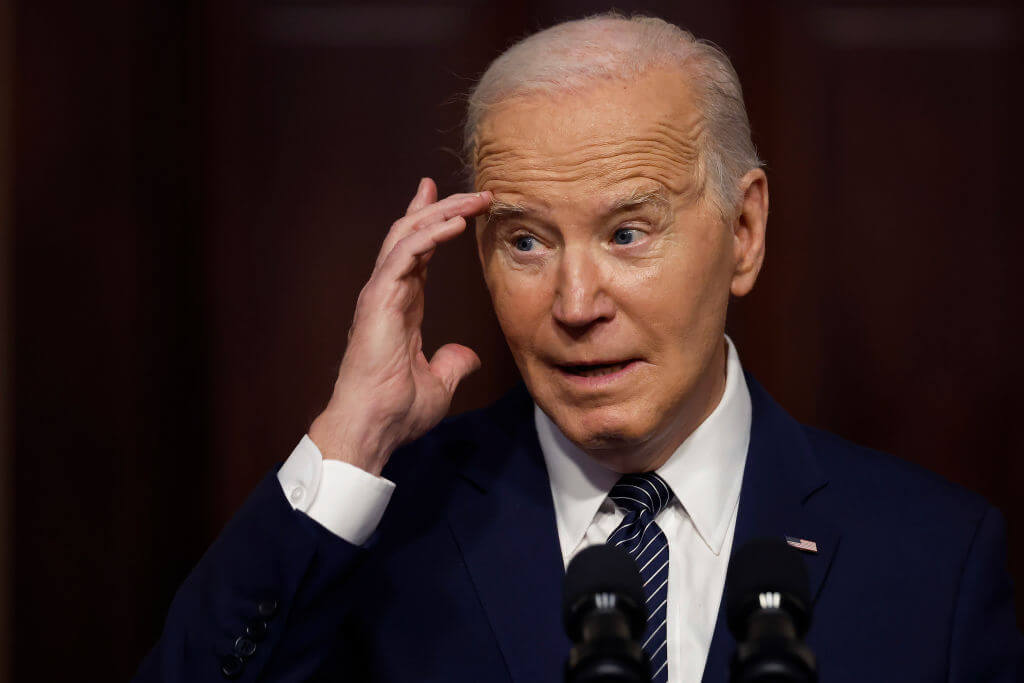



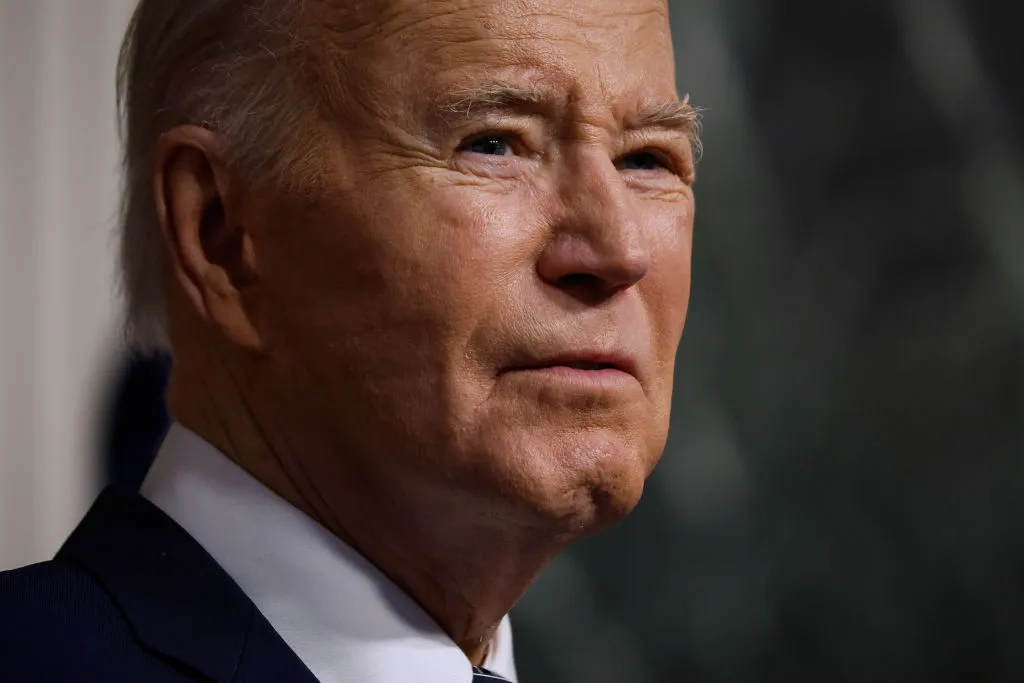

Leave a Reply